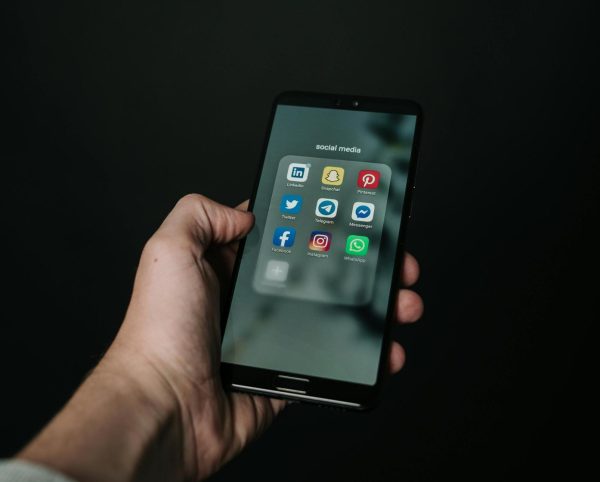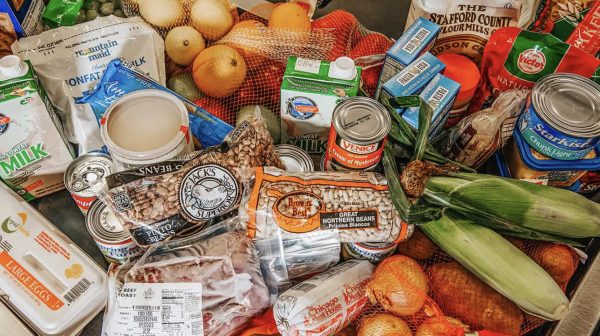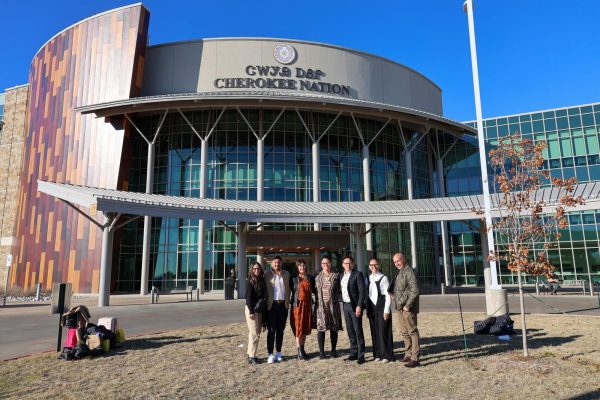Tribal leaders expect economic boost from Buy Indian Act
An artist’s rendering of the new Cherokee Nation hospital, announced in December, which will replace the 40-year-old W.W. Hastings Hospital in Tahlequah. Under revisions to the Buy Indian Act, the IHS and BIA were required to create a uniform approach to procurement procedures. The act also has been expanded to all construction, including construction of healthcare facilities. Photo provided by Cherokee Nation.
WASHINGTON – Oklahoma tribes are hopeful an update to a century-old law will spur tribal economies and the new rules will create a uniform approach to contracting procedures.
The Buy Indian Act was created in 1910 to set aside government procurement contracts for Indian-owned businesses. The Bureau of Indian Affairs and the Indian Health Service are the sole federal departments the act applies to. Still, in 2015 the Government Accountability Office reported only 12 to 15 percent of IHS contracts went to Indian-owned businesses, and suggested sweeping reform is needed to increase contract opportunities.
Sen. John Hoeven (R-ND) sponsored the Indian Community Economic Enhancement Act of 2020, which amended three federal economic laws. It requires the IHS and BIA to create a uniform approach to Buy Indian Act procurement procedures to “reduce red tape that limits Indian business promotion.” The bill also expanded access to capital for tribes and increased opportunities for Native business promotion.
On Jan. 13, the IHS released its final rule on the Buy Indian Act in response to the BIA’s final rule, which was released in December 2021. The IHS says benefits of its final rule would include expanding the Buy Indian Act to all construction and removing regulatory burdens by allowing Indian economic enterprises (IEE) to increase subcontracts, removing construction restrictions for IEEs and clarifying the language of the act and its procedures.
Oklahoma tribal leaders say the new regulations could provide the economic boost they’ve been seeking.
“These new provisions are a step in the right direction and I believe many tribes, including our business arm, may want to take advantage of the opportunity,” said Cherokee Nation Principal Chief Chuck Hoskin Jr.
Hoskins said updated Buy Indian Act procedures will energize Native businesses. One of the largest updates expands the act over all construction. This includes construction of health care facilities, personnel quarters, water supply and waste disposal facilities. The final rule by BIA and IHS also emphasizes the commitment to purchasing Native products and hiring Native labor without the typical “competitive process.”
“By prioritizing federal contract awards to Indian-owned firms, the Buy Indian Act can fuel job creation and boost economic development across Indian Country,” he said.
Over the past decade, Cherokee Nation Businesses have generated $728 million. In northeast Oklahoma, the nation and its businesses make an annual economic impact of $2.16 billion. The CNB website states the tribe is “committed to changing the Oklahoma community through economic growth.”
The IHS’s final rule is expected to generate $200 million in contract opportunities, an estimated $145 million above last year’s yield of $55.9 million.
Choctaw Nation Chief Gary Batton said he is “pleased with the IHS’s commitment to providing economic opportunities for Indian-owned and controlled businesses.”
The anticipated revenue increase is expected to come from “set-aside procurement contracts,” which would prioritize Indian-owned and controlled businesses for BIA and IHS government contracts. The new rules from the IHS would also create more opportunities for non-tribal businesses to partner with tribal businesses. A tribally-owned business is any that is at least 51% owned by an Indian tribe.
“The Buy Indian Act’s improved regulations will help our Chahtapreneurs (Choctaw business owners) and our tribally-owned businesses to expand and grow, ultimately helping our tribe and its members to thrive,” Batton said.
Choctaw Nation’s website states that Choctaw businesses “generate hundreds of millions of dollars annually” and “create more than 6,000 jobs for tribal and non-tribal Oklahomans.” The revenue generated by the tribe is dedicated to tribal assistance programs such as health care and education.
In 2020, Harvard researchers estimated that Native businesses could lose up to $50 billion during COVID-19. The pandemic would also put 1.1 million tribal business workers, Native and non-Native, at risk of losing their jobs. With IHS and BIA prioritizing Buy Indian set-asides instead of businesses that are not IEE, Native companies and employees could see a chance to recoup from pandemic-related economic losses.
The IHS’s final rule is set to go into effect on March 14. The updated policies will allow for collaboration between the IHS and the BIA to effectively enforce the new procedures.
Gaylord News is a reporting project of the University of Oklahoma Gaylord College of Journalism and Mass Communication. For more stories from Gaylord News visit GaylordNews.net.






